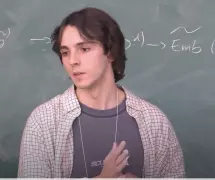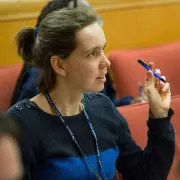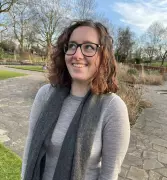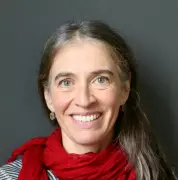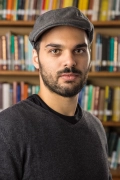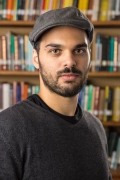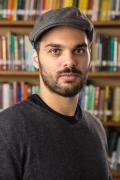– Europe/Lisbon
Room P3.10, Mathematics Building — Online

Intersection theory on moduli spaces of parabolic bundles
The geometry, topology and intersection theory of moduli spaces of stable vector bundles on curves have been topics of interest for more than 50 years. In the 90s, Jeffrey and Kirwan managed to prove a formula proposed by Witten for the intersection numbers of tautological classes on such moduli spaces. In this talk, I will explain a different way to calculate those numbers and, more generally, intersection numbers on moduli of parabolic bundles. Enriching the problem with a parabolic structure gives access to powerful tools, such as wall-crossing, Hecke transforms and Weyl symmetry. If time allows, I will explain how this approach gives a new proof of (a generalization to the parabolic setting of) a vanishing result conjectured by Newstead and proven by Earl and Kirwan.
